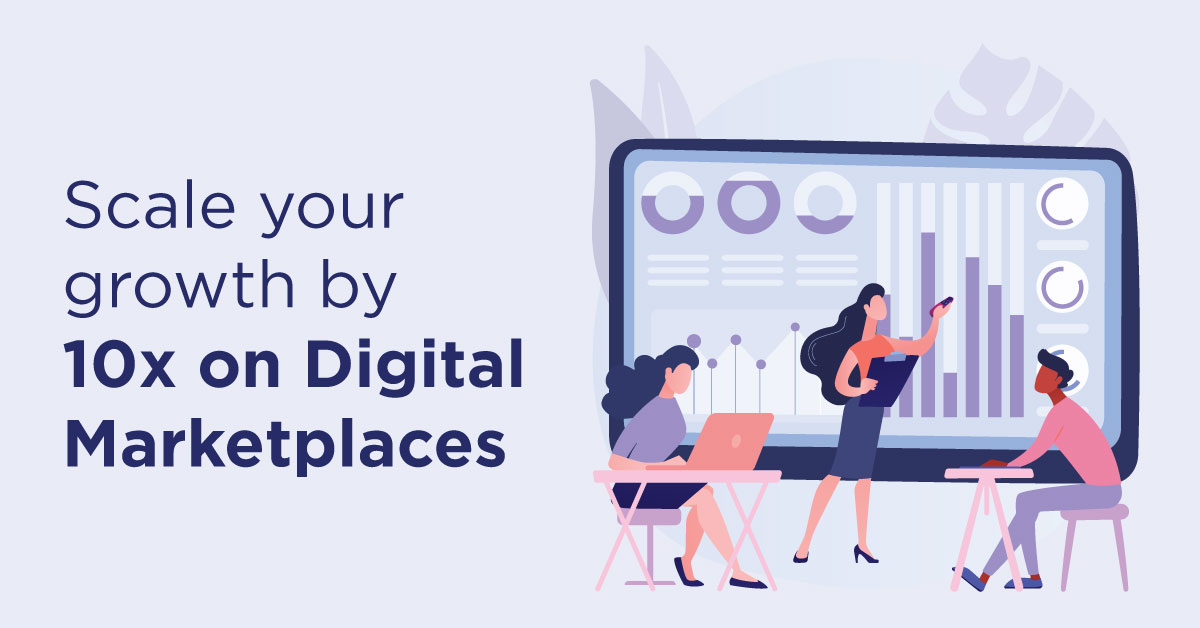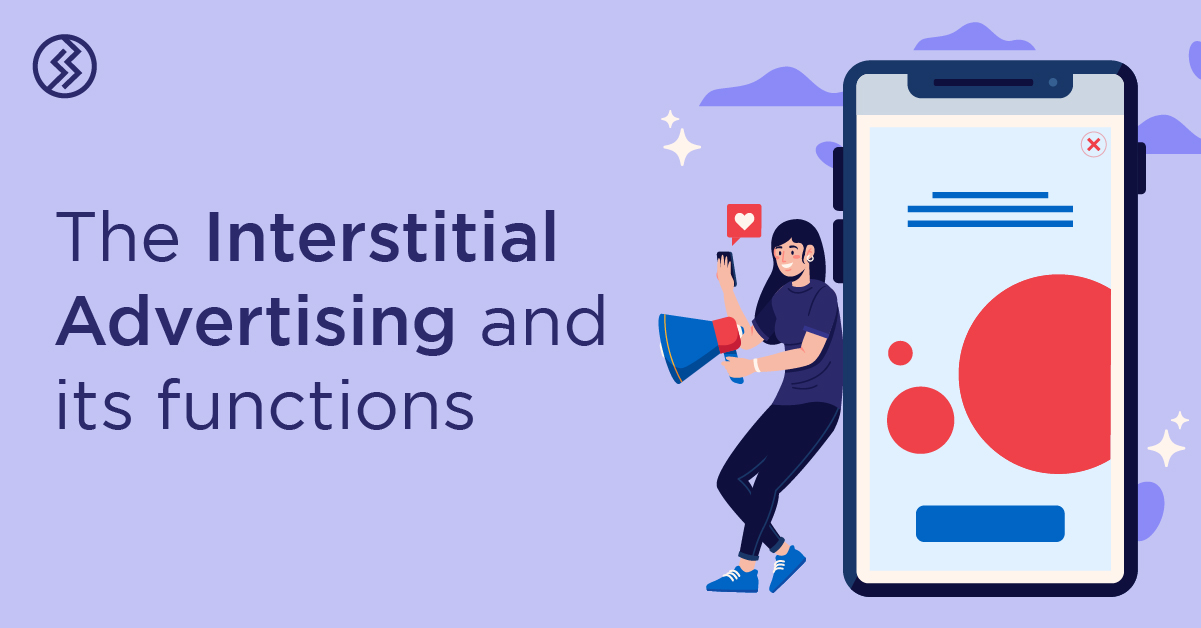Identifying the right digital marketplaces is fruitful for e-commerce brands. Essentially these online marketplaces are Apps & websites for 3rd party vendors for selling online in India.
From a consumer’s perspective, the online marketplaces enable them to compare a wide range of products. Thus, not only are they advantageous to consumers but also are favorable to sellers to showcase their products on these websites & apps.
Another advantage of marketplaces is that they eliminate the hassle of shipping & delivering and that they attract a huge consumer base. Therefore sellers can leverage this vast consumer base to drive sales easily.
In today’s digital ecosystem, with an increase in e-commerce platforms in India, there are various marketplaces for sellers to choose from. These digital marketplaces would aid in streamlining the selling process facilitating an increase in sales. Let’s look at some of the top online marketplaces in India these sellers can leverage:
Exploring the online marketplaces in India:
- Amazon India
Launched in June 2013, Amazon set up its Indian online marketplace known as Amazon.in. This marketplace now caters to approximately 5 lakh sellers from around India, aimed at seamlessly facilitating the buying and selling of products from consumers & vendors.
Advantages of Selling on Amazon:
Here are a few reasons why sellers should consider selling on this platform:
- Renowned Platform– Amazon is regarded as one of the most visited online shopping destinations for consumers
- Excellent Delivery Network– The ease in the platforms delivery network enables delivery to almost all pin codes in India
- Starter Kit– Amazon provides sellers with special offers on Imaging, cataloging & other services that help the sellers sell their products easily.
How to sell on Amazon?
With the following simple steps mentioned, one can sell their products efficiently on the Amazon:
- Product Listing– The first step into selling online in India through Amazon is to list them accordingly on the platform. Sellers can now list their products within 15 mins and enjoy the host of selling benefits from Amazon.
- Shipping- Amazon offers shipping services such as Easy Ship and FBA. These services ease the burden of shipping and delivery for a seamless selling experience. Moreover, sellers can also deliver the product themselves to unlock local shop benefits.
- Funding- Once the sales start pouring, every 7 days the funds will automatically be deposited in your mentioned bank account.
- Flipkart
Being one of India’s largest platforms for online selling, Flipkart allows vendors, suppliers & sellers to sell their products with a minimum investment. Moreover, the platform offers exclusive seller workshops, training, and seller support.
Advantages of Selling on Flipkart:
- Wide customer base– Sellers can now reach a wide consumer base of 1 billion to grow their business easily
- Product List- Sellers require only one unique product to start selling on the platform
- Cost-efficient– The platform offers the most competitive rate card that is highly cost-effective for sellers
What do sellers need to sell on Flipkart:
- One unique product
- To begin selling GSTIN details are essential to be filled out
- While registering a copy of a canceled cheque the seller’s bank account is required
- Paytm
Paytm serves as one of the leading mobile platforms that provide mobile-first, easy setup & chat options between consumers & sellers. This e-commerce platform offers a wide range of products for consumers to choose from.
Why sell on Paytm?
- Vast delivery network– Sellers can now reach almost 39,000 pin codes in the country
- Huge customer base– Paytm now offers a consumer base of 10 Cr+
- Product categories- Approximate 100K+ merchants sell their products successfully across 500+ categories
How can you get started?
- Log in/Sign up with your Paytm credentials
- Verify your details such as name, phone number, and email address
- Submit your documentation such as bank account, GST details, etc
- Set up your catalog and start selling online
- Snapdeal
Snapdeal is one of the biggest digital marketplaces that delivers to more than 3000 towns & cities in India. Moreover not only do they sell more than 30 million products but also have a great consumer base, reaching up to 4 Cr happy consumers on their platform.
Why sell on Snapdeal?
No registration fee– Snapdeal has zero registration fee for sellers
Easy online selling in India– Sellers can sell their products 24×7 across 3000 cities in India
Here are a few simple steps to start selling on Snapdeal:
- Registration- Register your business and update your product catalog on the website.
- Documentation- Verify your documents & product cataloging via a professional service provider.
- Payments- On the completion of the orders, receive quick & easy payments into your bank accounts.
Conclusion
Thus, knowing and identifying the right online marketplaces in India for your brand is essential to scale your business. With the help of these digital marketplaces, you can now display your products on these websites that further paves the way to increase the growth of your business accordingly.



